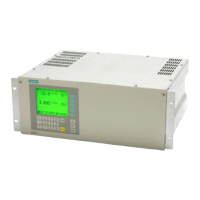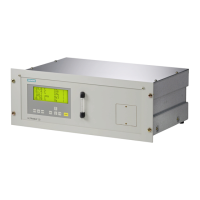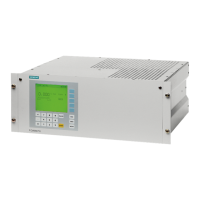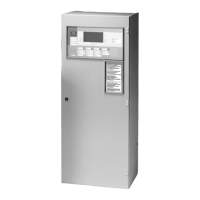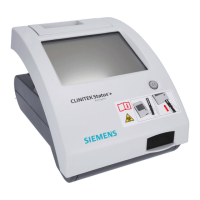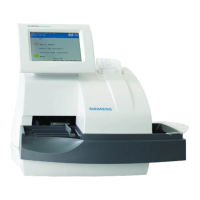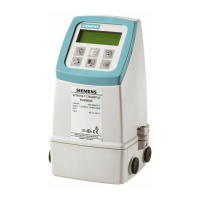Siemens AG
17 Safety Manual CALOMAT 6 Gas Analyzers
07/2010, A5E00729184-02
B
List of Abbreviations/Acronyms
B.1 Abbreviations
Abbreviation Full term in English Meaning
FIT Failure in Time Frequency of failure of the protective function
HFT Hardware Fault Tolerance Hardware fault tolerance: Capability of a func-
tion unit to continue executing a required func-
tion in the presence of faults or deviations.
MTBF Mean Time Between Failures Average period between two failures
MTTR Mean Time To Repair Average period between the occurrence of a
fault on a device or system and the repair
PFD Probability of Failure on Demand Probability of dangerous failures of a safety
function on demand
PFD
AVG
Average Probability of Failure on Demand Average probability of dangerous failures of a
safety function on demand
PLC Programmable Logic Controller
SIL Safety Integrity Level The international standard IEC 61508 defines
four discrete Safety Integrity Levels (SIL 1 to
SIL 4). Each level corresponds to a range of
probability for failure of a safety function. The
higher the Safety Integrity Level of the safety-
instrumented system, the lower the probability
that it will not execute the required safety func-
tions.
SFF Safe Failure Function Proportion of safe failures: Proportion of failures
without the potential to bring the safety instru-
mented system into a dangerous on no permis-
sible functional status.
TI Test Interval Testing interval of the protective function
XooY "X out of Y" voting Classification and description of the safety-
instrumented system in terms of redundancy
and the selection procedures used.
"Y" -Specifies how often the safety function is
executed (redundancy).
"X" -Determines how many channels have to
work correctly.
Example:
Pressure measurement: 1oo2 architecture. A
safety instrumented system decides that a
specified pressure limit has been exceeded if
one out of two pressure sensors reaches this
limit. In a 1oo1 architecture, there is only one
pressure sensor.

